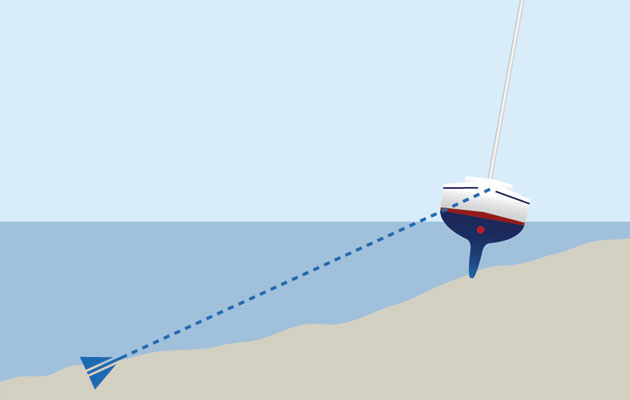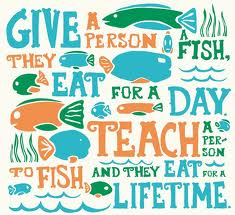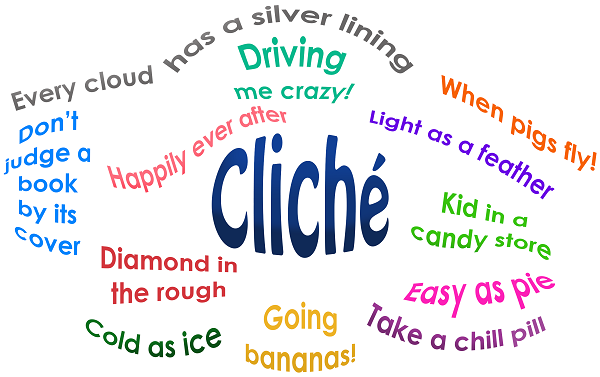
Huh? No one had asked my students this question before. But this was the first day of our Art of
Poetry class. I wanted to know.
I consider the first day of a
college class to be a sampler. Here’s
the syllabus. This is what we’ll be
doing. This is how you will be graded. These
are the course policies. This is who and how I am. I also offer a taster of what we’ll be doing—in
a Shakespeare class we watch the Why Shakespeare? film. In an Art of Poetry
class, we compare “Trees” by Joyce Kilmer with “Birches” by Robert Frost—to see
which is more “poetic.”
If, for any reason, I tell my
students, this is not suitable for you, you don’t have to stay—no more than you
have to stay with a therapist just because you went to one session. I want
commitment, attentiveness, engagement from all of my students. Even one student who doesn’t truly want to be
there can interfere with the energy of the course. And yes, I’m glad that those
few students who didn’t like what or how I presented, left.
So, in this first class, I probed: Why
are you here? Of course, I was gratified
that former students said they wanted to take another course with me. We create families based on mutual respect,
and appreciation—we love each other and want to spend time together. Others had
registered because, I needed an elective. This fit my schedule. I’m an
English major.
I wanted us to go further. If we were all to be fully committed to this
course, there had to be something deeper than getting a grade, credit, a
diploma as a stepping stone to something else.
There has to be something even deeper than our enjoying each other’s
company, although that is essential.
So, I answered the question,
to model my intent: I was a lonely only child, raised by my grandmother. My parents were divorced—my mother rarely
spent time with me, and once my father remarried, my stepmother discouraged him
from seeing me. My classes are my family. By bringing people
together in dynamic ways, the part of me that was a child who couldn’t heal my
family—heals. As one of my gurus used to say, Thank you for letting me care
for you. Listening to my students, helping them to realize their authentic
potential is one way I do that for myself. And poetry has always been a vehicle
for me to explore who I am and want to be. In those solitary times as a child, poetry
loved me, when others didn’t know how.
Once I spoke of why I was in the
class, there came an outpouring of such depth and beauty, that many of us
teared up. I don’t remember all the
names or all the answers, but here’s what stays with me:
Poetry saved my life at a very
difficult time. I go to bookstores and buy stacks of them.
I’ve been afraid of poetry—I want
a different experience with it.
My mother read poetry to me as a
child. She’s gone now. Poetry reconnects me with her.
Spencer, a musician, said, Poetry
is the language of dreams. We all dream in poetry. His music is a way to
connect in meaningful ways with others. This class was an opportunity to
explore new avenues and develop more confidence for his own songwriting.
Julia said, I love poetry. When
I continue to do stuff I love, I love myself.
Meghan said, I tend to
overthink. I want to read poetry to
learn how to experience.
Mikey said, Hell, yeah! (Not
sure of the context, but it was refreshing.)
Poetry is my escape.
Poetry is my safe place.
Poetry was ruined for me in high
school. I felt intimidated and wrong all
the time.
I want to learn to love it again.
And the
students who were initially looking reluctant to be there, changed their
answers from It fit my schedule, to I want to try something new.
If I do
something, it has to mean something to me. Either I choose what I love
to do, find a way to love it, find someone I love with whom to do it, or I find
a way out of it. Every moment is
precious. Let’s all ask ourselves
frequently Why am I here? Let’s not settle for a get-it-over-with life
of meeting requirements. Go for
the love.
Choose a class. Ask yourself Why am I here? Tell us in a reply.





